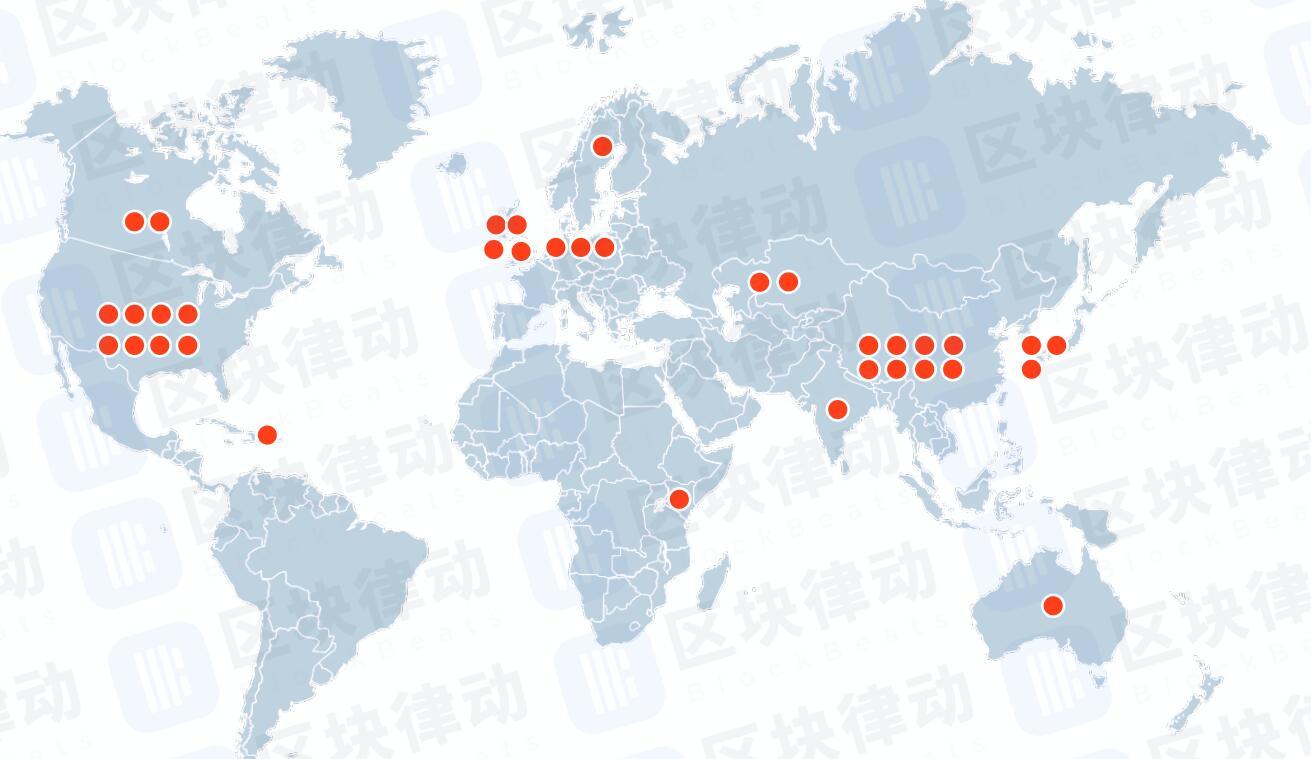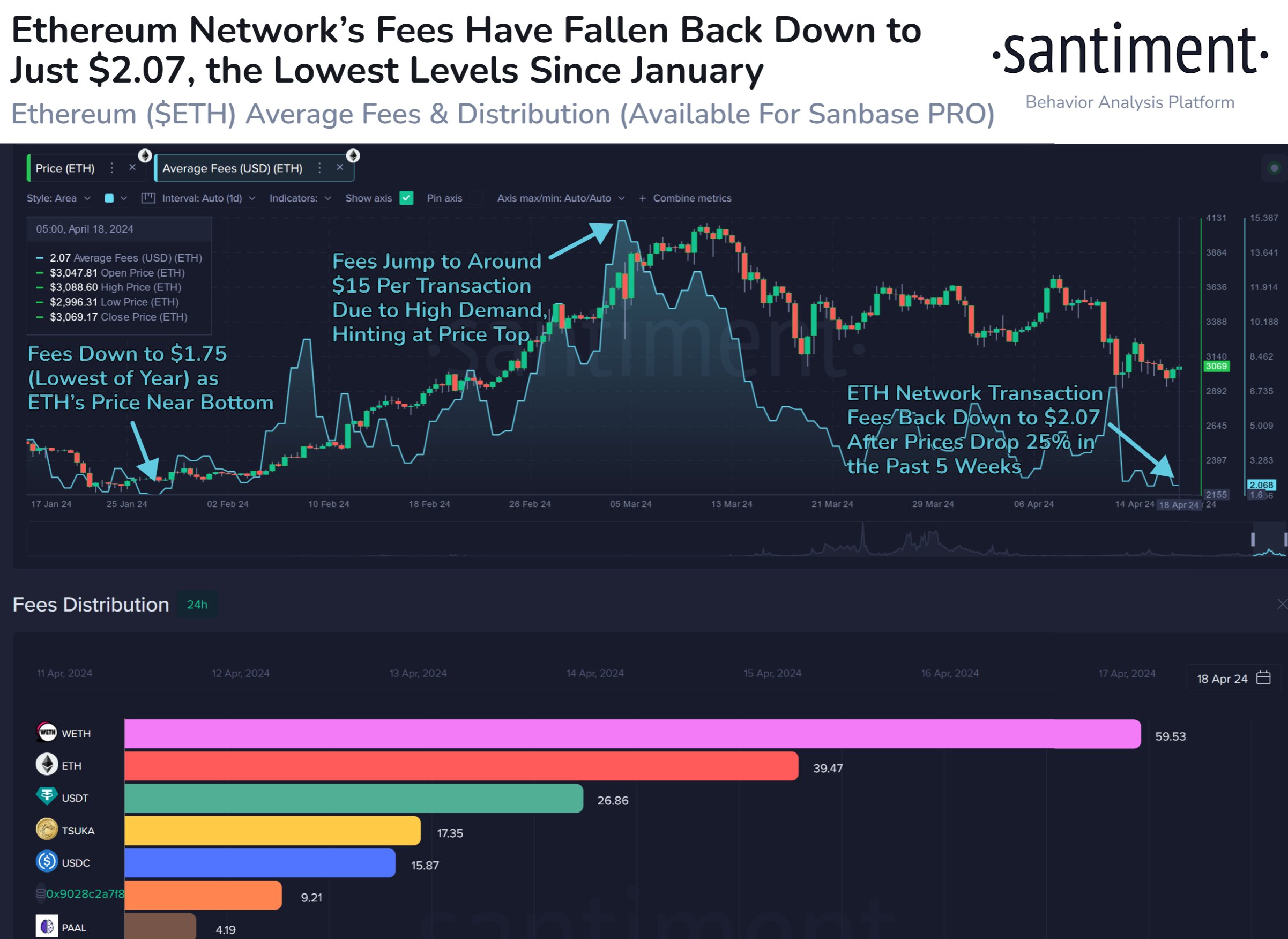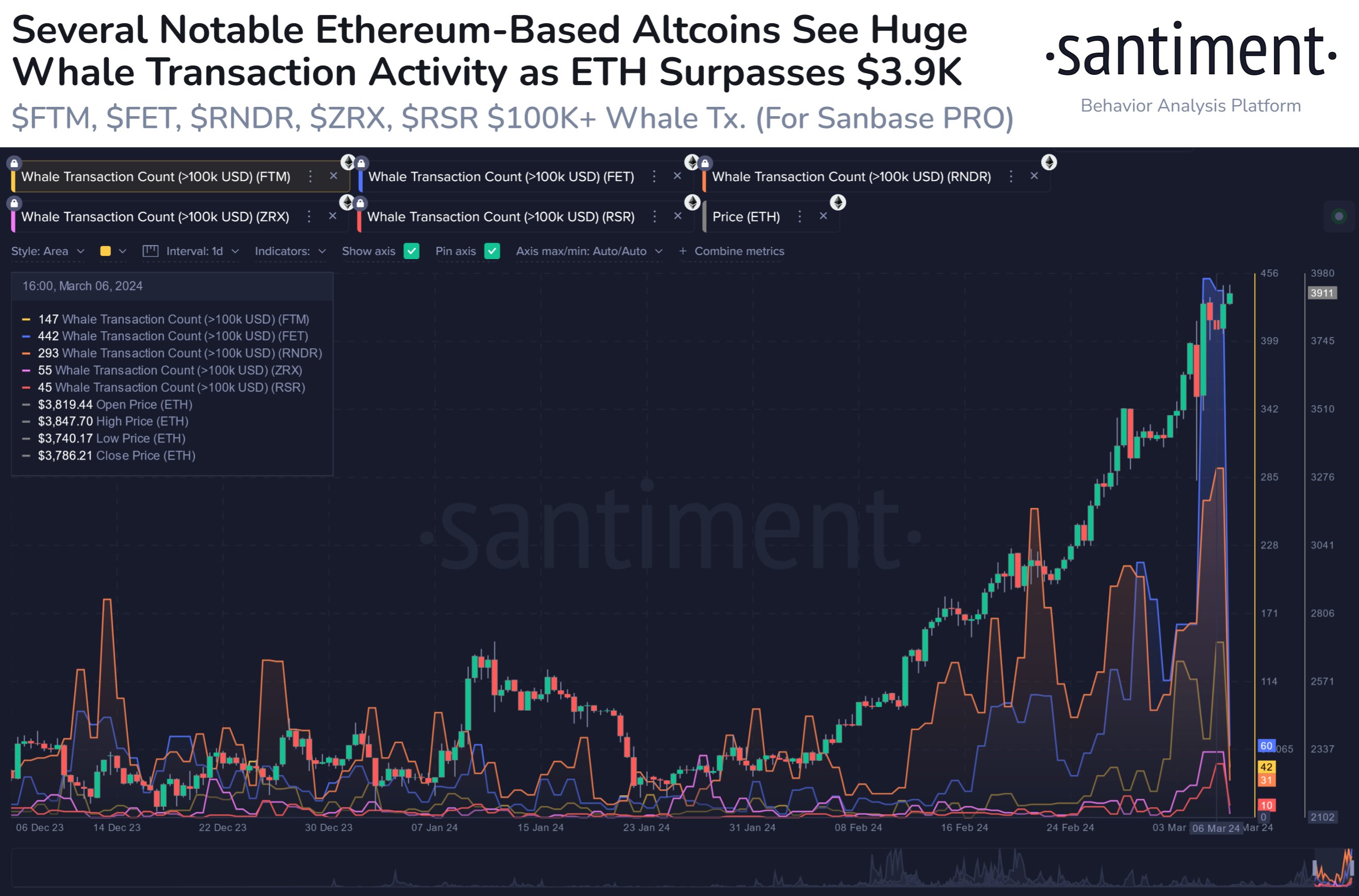2020-9-8 10:44 |
Ethereum’s decentralized finance space has been filled with forks over recent weeks. A fork is when an existing protocol or cryptocurrency is adapted upon or copied by another developer/firm, thus creating a duplicate of that protocol or cryptocurrency with slightly different characteristics.
The most prominent of these forks in DeFi as of late is SushiSwap, a fork of the Uniswap decentralized exchange, which has experienced record success over recent weeks. Uniswap has widely been seen as the most successful DeFi product due to it recently overtaking multiple top centralized exchanges in terms of liquidity and volume.
SushiSwap has been on thin ice as of late after a co-founder took a developer fund worth around $20 million and sold it on the open market, causing panic just a week after the project was launched.
Now, another one of DeFi’s darlings is being forked.
On the evening of Sep. 4, Curve, an Ethereum-based decentralized exchange focused on stablecoins and tokenized Bitcoin, got its own fork, Swerve.
As always, there’s a story that acted as a catalyst behind the fork. The following is a condensed version of that story.
What is Curve?First, a bit about Curve.
As put by the founder Michael Egorov, Curve “is an exchange expressly designed for stablecoins and bitcoin tokens on Ethereum.”
The exchange operated with an “automated market maker” model that increases the usability of the platform. As Egorov explains:
“The key aspect of Curve is its market-making algorithm, which can provide 100-1000 times higher market depth than Uniswap or Balancer for the same total value locked. This dynamic helps both traders and liquidity providers because fundamental returns for those are higher than on Uniswap and alike by the same factor as the market depth.”
While based on Ethereum, Curve was not entirely decentralized at launch. At launch, the Curve development team was responsible for choosing the direction they wanted to take the protocol in.
Hence, there was a demand from the community and a desire by the team to decentralized Curve further with a decentralized autonomous organization (DAO) and a respective token, the Curve DAO Token (CRV).
The weird launch of the Curve DAO and CRV on EthereumSo, for months, the team began working on the Curve DAO and CRV, slowly trickling out information about the structure of the organization and the cryptocurrency.
By early August, it was clear the launch of the DAO and CRV was near. But how near, only the team knew.
But as it turns out, the team itself did not know when the DAO was launching.
A user with the pseudonym “0xc4hd” (a.k.a. 0xChad) had launched a Twitter account and personally deployed the Curve DAO contracts with his own capital, pushing up the timeline of the launch.
Enter SwerveThis is where the first problem arose: because a full UI was not ready for the time of the launch, users with knowledge of smart contracts were allowed to access the DAO early, allowing a few players to mine millions of dollars worth of CRV before retail investors could participate.
It’s debated over whether or not this can be classified a “premine”; technically, everyone had an equal opportunity to start mining CRV before the UI launched, but only a few acted on it.
The second problem arose a few weeks later when Curve’s team used CRV they owned in the DAO, allowing them to temporarily obtain ~71 percent of the voting power, meaning they could have influenced the protocol in a big way.
Thus far, they haven’t made moves to make any notable changes, but some are still worried about the precedent that set.
Enter Swerve, a fork of Curve that is promising to be “100% owned by the community”:
“There’s no fake-out deployment, no questionable pre-mining, no founder controlling majority of the governance vote, no suspect team proposals, no 30% allocation to ‘shareholders’, no team allocation, no decades long distribution, none of it.”
As always, the fate of early DeFi forks is unclear. But Swerve has seen quite the success thus far, garnering $400 million worth of deposits and its native token trading with a market capitalization in the millions.
The post Here’s why top Ethereum DEX Curve was forked into a new protocol appeared first on CryptoSlate.
Similar to Notcoin - TapSwap on Solana Airdrops In 2024
Ethereum (ETH) на Currencies.ru
|
|























